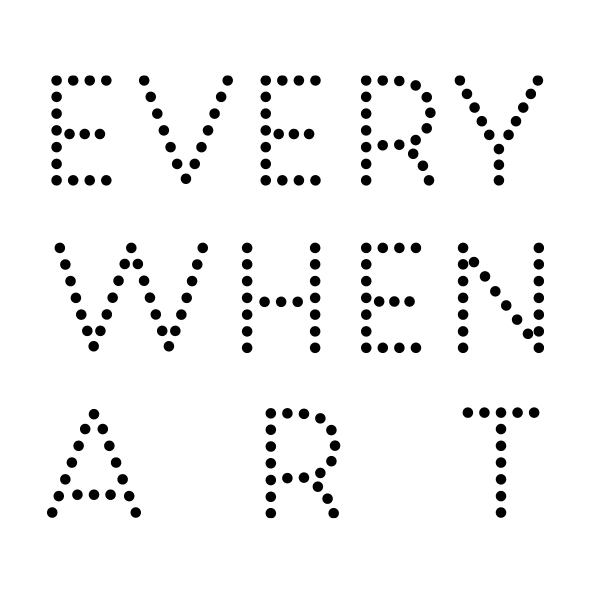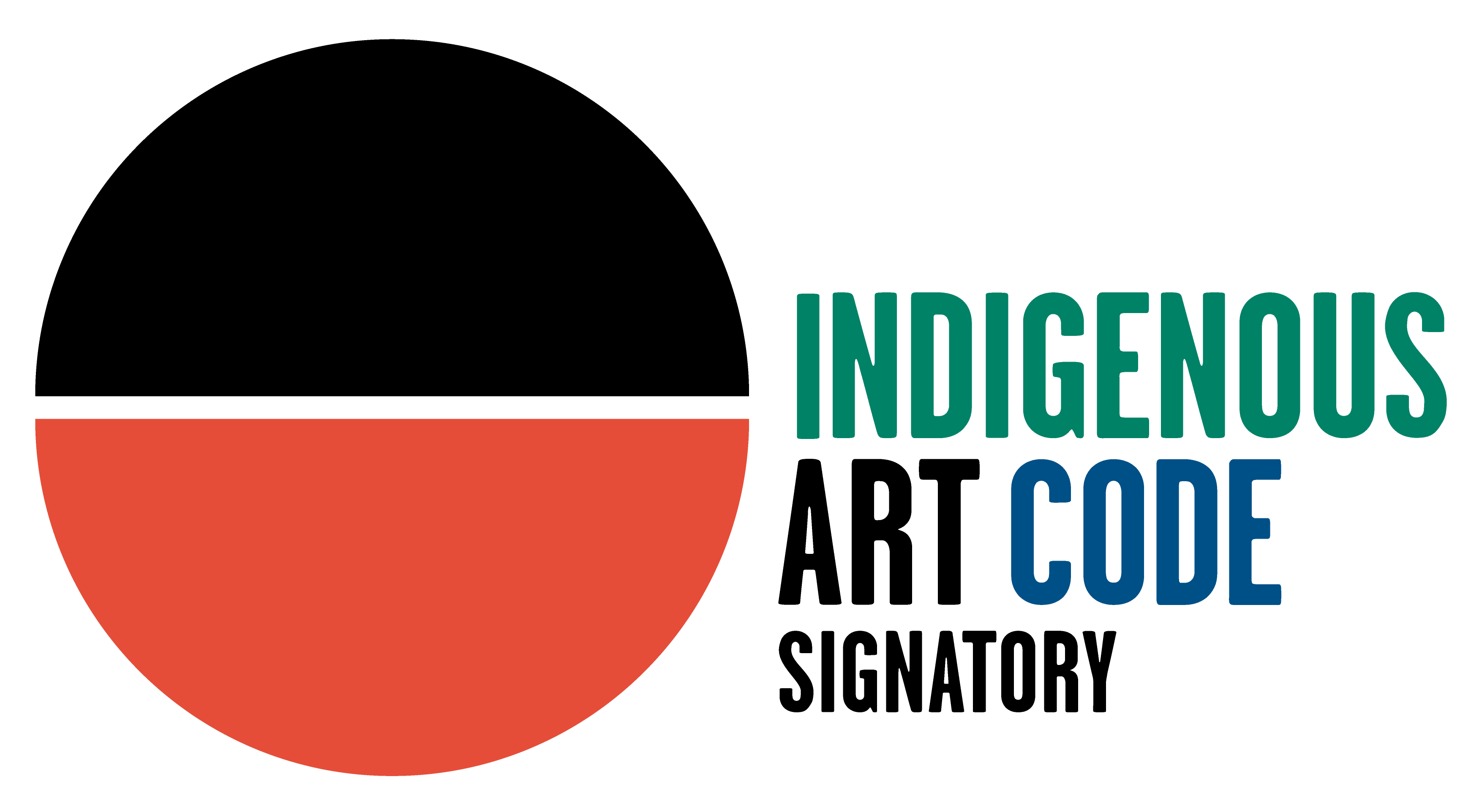"I am the fifth child of my mother Sally Gabori. My father was Pat Gabori, he was a hunter, a hard working old fella. We used to go bush with our parents who taught us a lot about our homelands both Bentinck Island and Sweers Island.
I love being at the Art Centre with my sisters and the rest of my family. We learn so much from the old people about our land and country. There is always so many activities to get into, I am glad that we have the Art Centre to go to."
- Dorothy Gabori
Mornington Island came to the world’s attention with the Dick Roughsey and Percy Trezise series of children's’ picture books in the 1970s, as well as through the dancers of Mornington Island with their unique conical feathered hats and powerful body painting for ceremonial dance, which was exhibited at the opening of the Sydney Opera House in 1973. Aboriginal art such as this was ostensibly not on the western world’s radar at the time. Dot painting on canvas and raark (cross-hatching) on bark was gaining more momentum in other parts of Australia and making it big on the national and international contemporary art scene, but few people knew of Mornington Island in the Gulf. Mornington Island emerging artists include Kaye Bush, Johnny Williams, Amy Loogatha and Dorothy Gabori. The forerunner of this movement was Sally Gabori (Mirdidingkingathi Juwarnda). These artists, and others working with the centre, are making strong contemporary artworks, not just strong Aboriginal artworks. Though the boundary of indigenous and non-indigenous artwork is clouded and the stereotype of what Aboriginal art should look like is absent, Mornington Island artists are still heavily influenced and connected to the land and culture in their artistic interpretation.
Today, the hustle and bustle within the art centre is captivating and exciting and the artists are constantly inspired by one another. They incorporate contemporary materials in to their practices while also reflecting on the past and the bonds between traditional culture and land.


